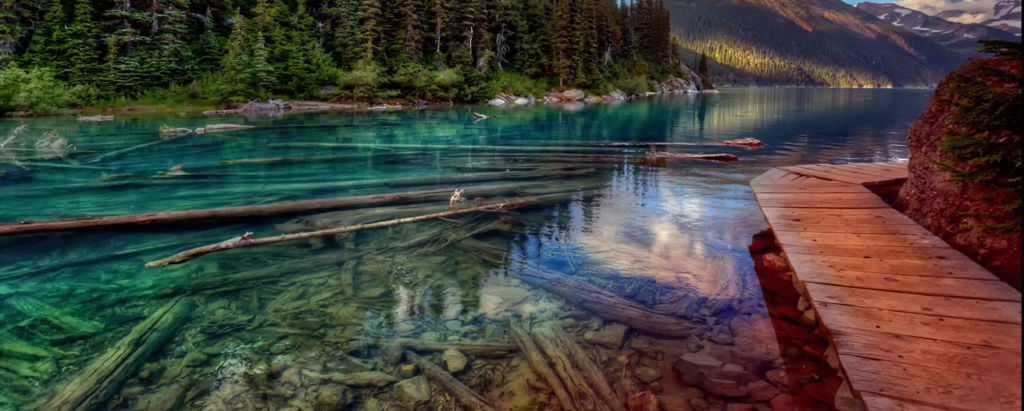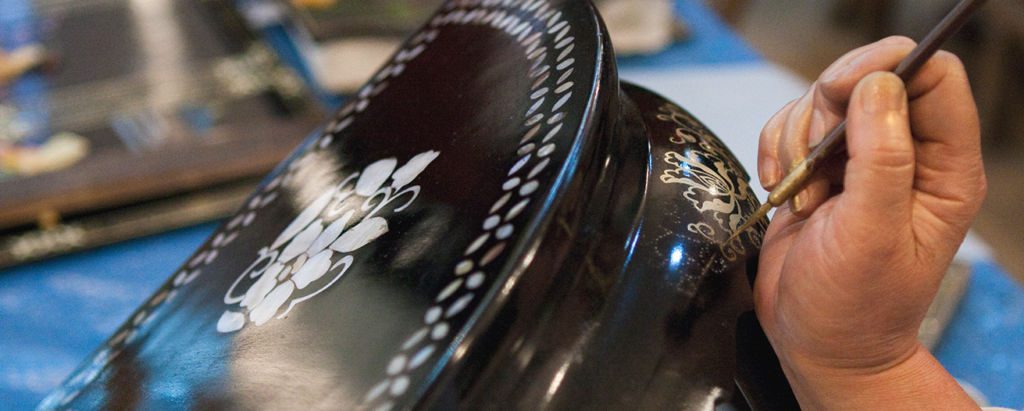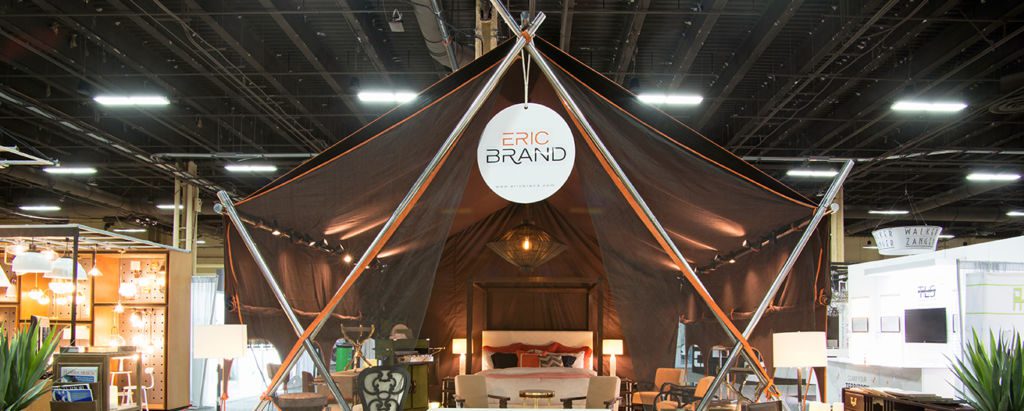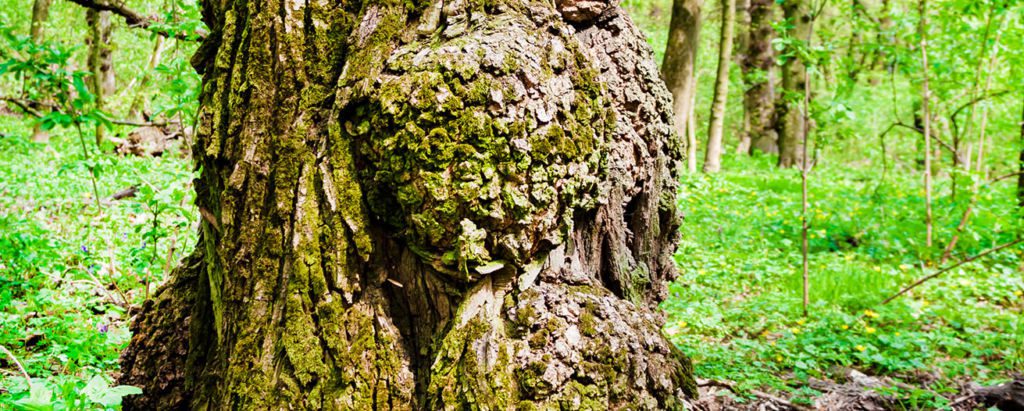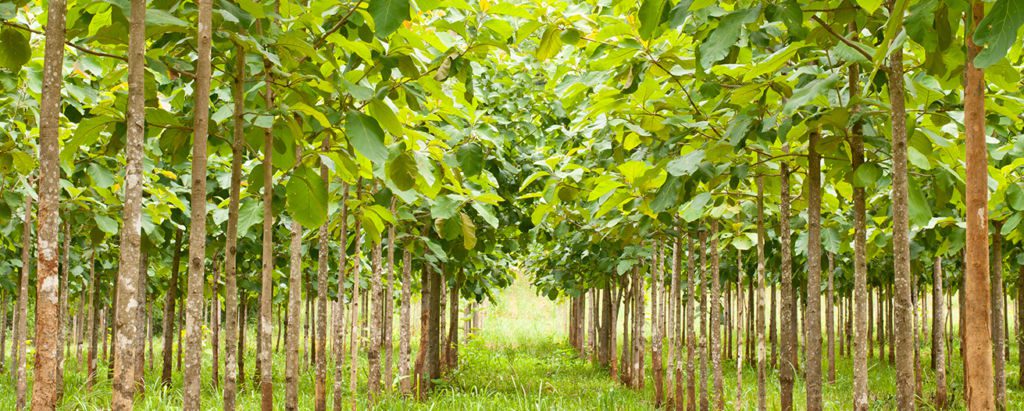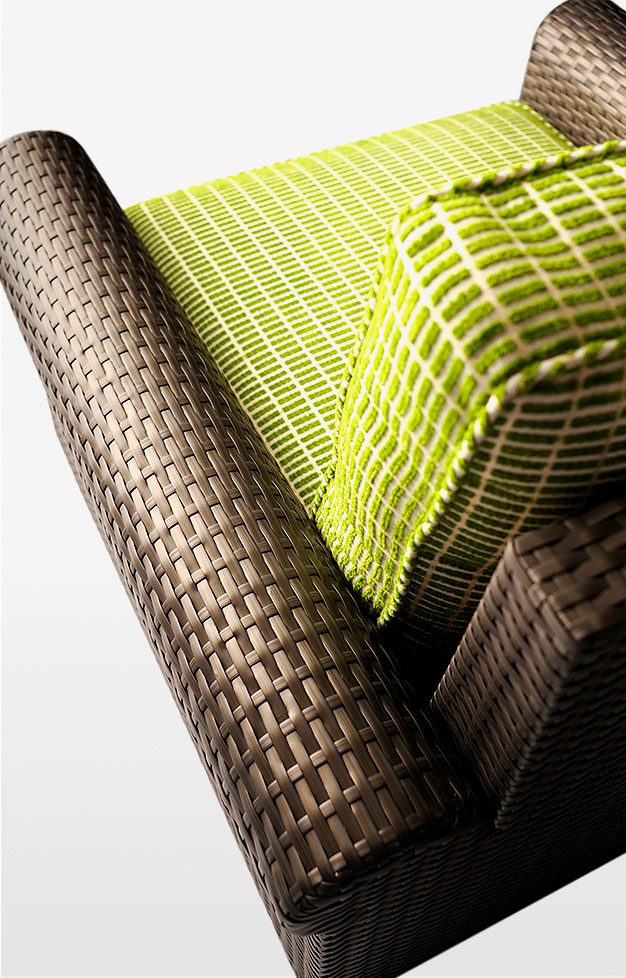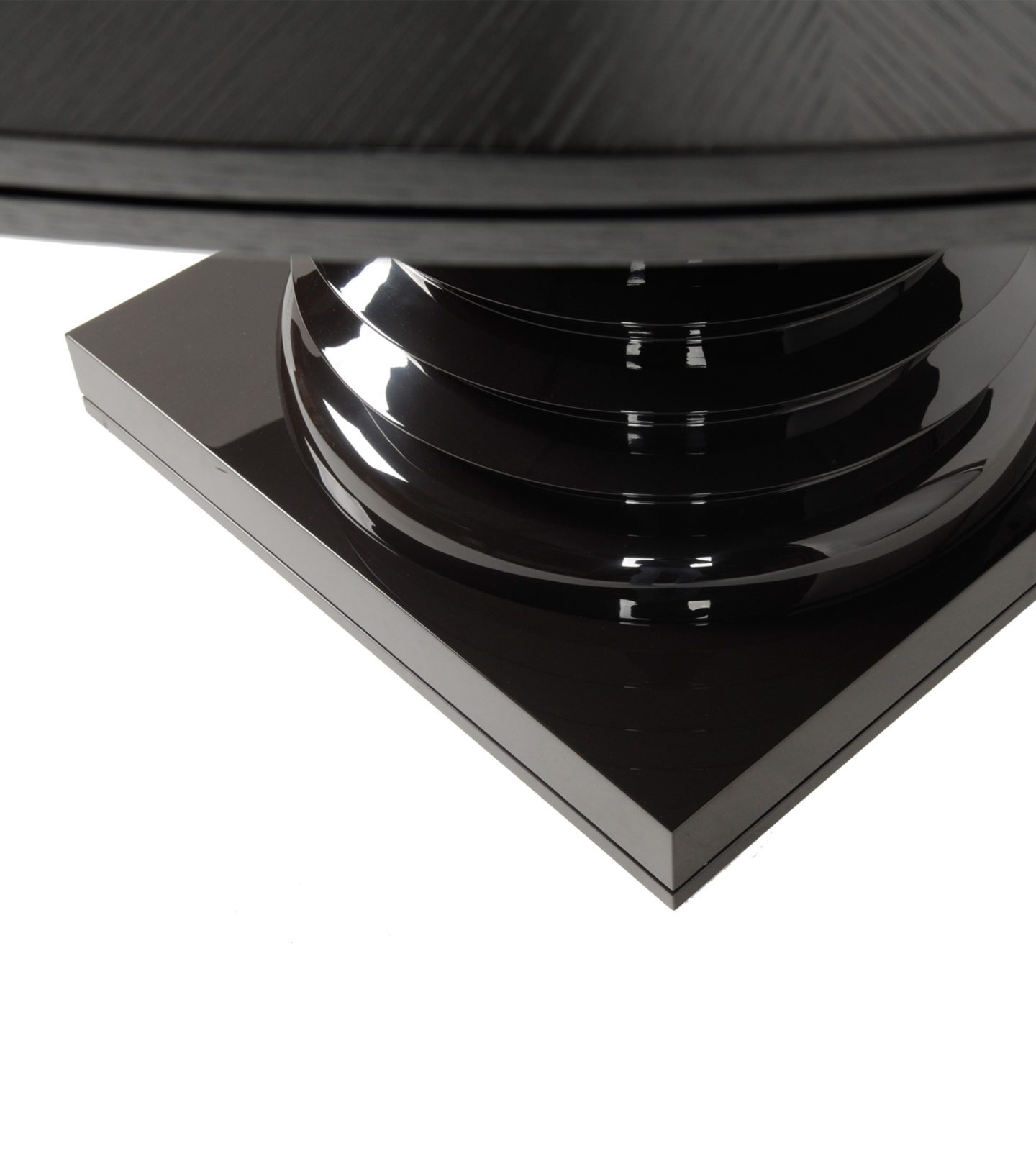You’ve probably heard of old-growth forests, also known as virgin or primeval forests. Stands of trees undisturbed by man, fires, or other natural disasters, for 150 years or more. Depending on climate and location, some can be as old as 1,000 years. Old-growth forests produce old-growth trees, which in turn give us old-growth wood, the most highly valued lumber due to its distinctive properties.
The Great Lakes region of North America was a primary example of old-growth forest land. Around the time of the U.S. Civil War, loggers converged on the seemingly endless forests covering this region to supply the needs of a nation expanding westwardly. These forests contained a wide variety of trees, including Red Oak, Maple, Birch, Elm, Ash, and Pine. The pine varieties grew tall quickly, producing a canopy over the other species. The slower-growing hardwoods competed for space, sunlight, and nutrients, thereby maturing more slowly. This resulted in tighter ring patterns, greater density of the wood, and far stronger resistance to pests and disease.
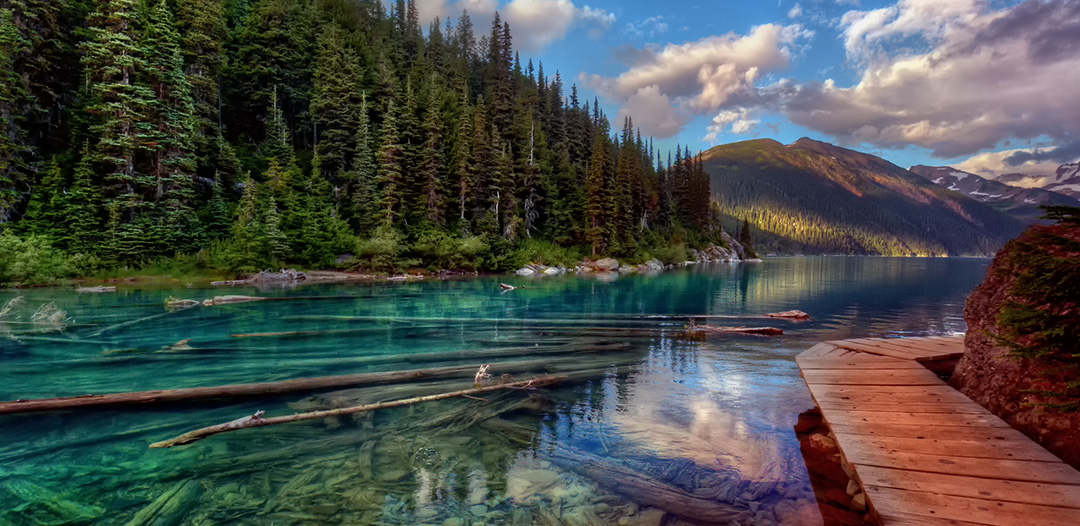
America‘s continuing growth and expansion eventually led to the clear-cutting of virtually all this pristine timberland and the ultimate destruction of this old-growth wood source. Add to this the more modern concerns of environmental issues such as climate change, species conservation, and erosion, and we find ourselves bereft of a source for old-growth wood by either depletion or protection. A sad truth for nearly all the globe’s primeval forests.
Old-growth hardwood can have up to 70 rings per inch compared to new growth or softwood lumber which generally measures in at 6-15 rings per inch. To compare a cross-section of each side-by-side would be like looking at the edge of a tightly closed book versus the edge of a stack of corrugated cardboard. The rings’ compactness results in increased durability, exceptional grain patterns, and strength, making slow-growth wood the king of rings. It’s like making LeBron or Brady wear all their rings on just three fingers – close quarters!
New growth wood from today’s fast-growing forests may be more sustainable; however, it is vastly inferior.
It is far less dense, has simple grain patterns, and is more susceptible to disease and pests. Comparatively, old-growth wood is as good as gold and almost as rare. But has old-growth wood really vanished forever? Could there be a hidden trove of this sought-after commodity, and might it even be “superior”?
Back in the logging heyday of the Midwest, the easiest way to transport the felled trees to the lumber mills was to float them across the Great Lakes. But unfortunately, up to thirty percent of the logs routinely sank in those deep, chilly waters en route. As a result, lumber companies simply felled more trees rather than attempt to recover the sunken logs. Hence, there the logs lay for dozens, even hundreds of years.
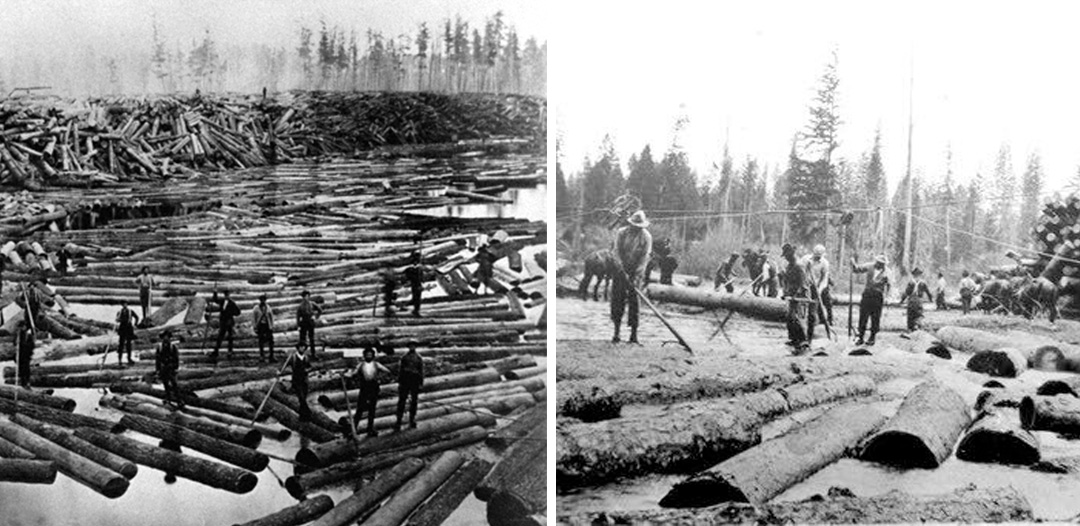
It should be no surprise entrepreneurs now “harvest” this submerged product from lake bottoms. The freezing waters of Lake Superior deprived these already fine woods of oxygen, light, and pests, including bacteria– all elements that cause weakness and decay in timber. Sometimes referred to as petrified wood, an already extraordinary resource is rendered even more valuable vis its long underwater burial.
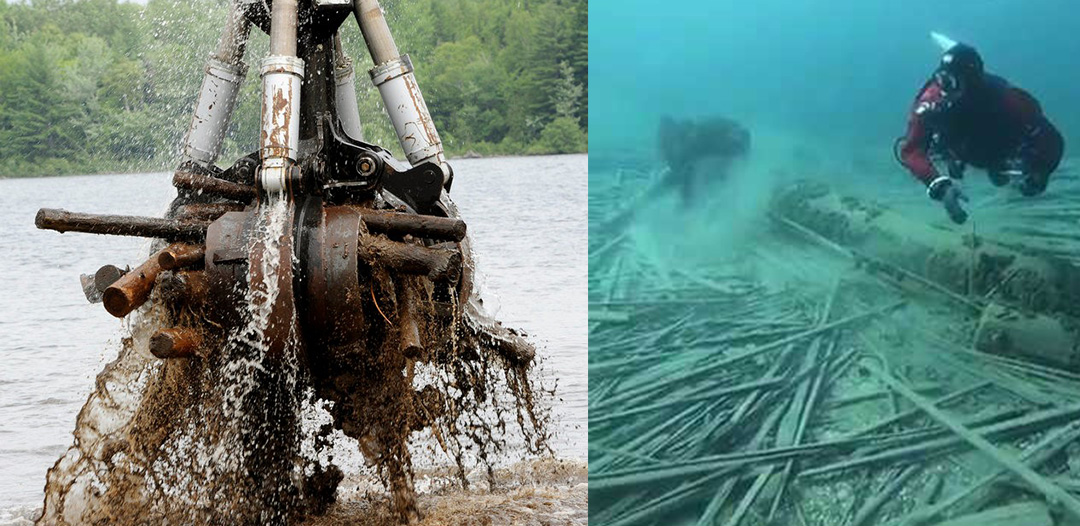
Furniture makers praise the unique grains and multi-hued patinas for use in dining tables, chests, and as beautiful veneers for home furnishings. In addition, artisans and woodworkers use Bird’s Eye Maple to fashion small boxes, clocks, and furnishings. It produces a beautiful swirling finish reminiscent of burled wood.
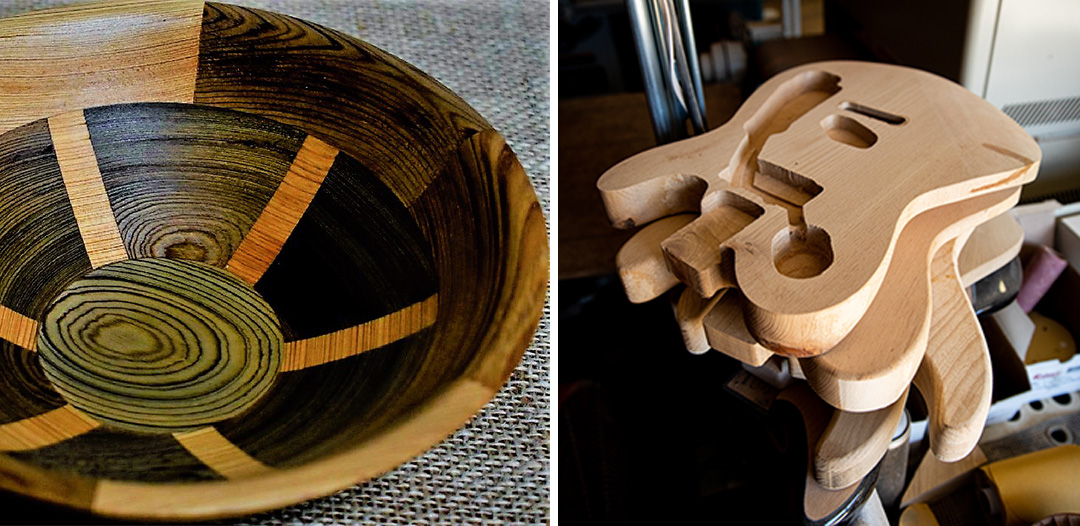
Makers of musical instruments also praise these woods for their acoustic qualities. The prolonged stay in the lake water chemically removes all starchy substances from the fiber of the wood, which gives the wood a deep resonance. Academics have compared the properties of lumber recovered in Lake Superior to that of the woods used by Antonio Stradivari in his violins and cellos. It is thought he purposefully soaked his woods to achieve a similar timbre and resonance.
Submerged wood is also sought by the construction industry because of its durability. It is an excellent wood for decking and outdoor siding and has been employed as hardwood flooring, wall paneling, and other home furnishings. Architects fitted the lavish bar at the Calgary Saddledome with paneling made with submerged Red Oak. The Boeing Co. has used Lake Superior wood finishes in its headquarters, as has Microsoft’s Bill Gates, in his private home. Even softwood pines are used as telephone poles because they are tall, ramrod straight, and naturally weatherproofed.
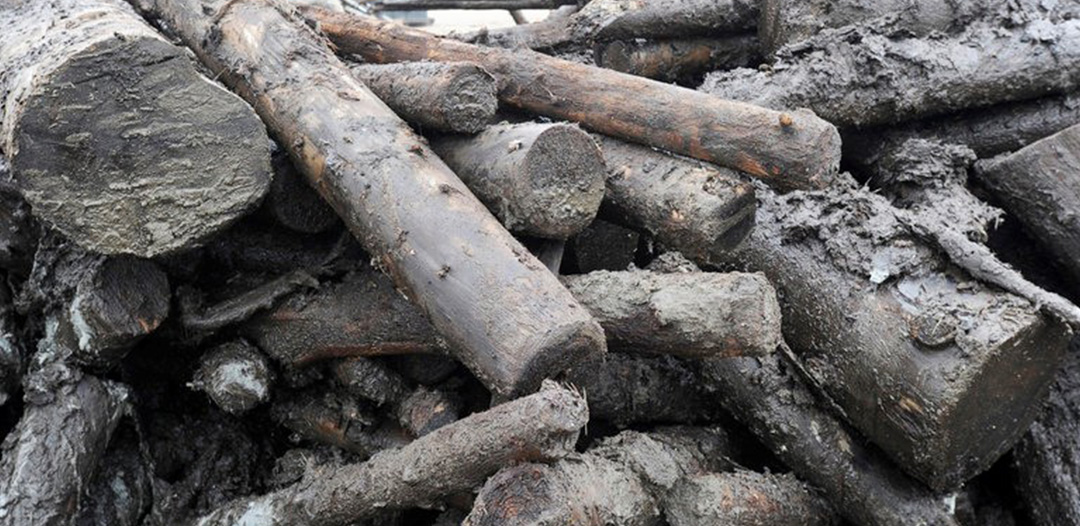
Submerged trees are not only found and harvested in the Great Lakes region but across the States and throughout the globe. Woods found in various climates produce a multitude of characteristics, mostly bringing a new richness or benefit to the woods.
Wherever these submerged logs are recovered, we can enjoy the sumptuousness and beauty of this renewed resource. This “Lord of the Rings” lumber may be the crowning glory of the logging industry of yore as well as the resurrection of a Superior treasure.
